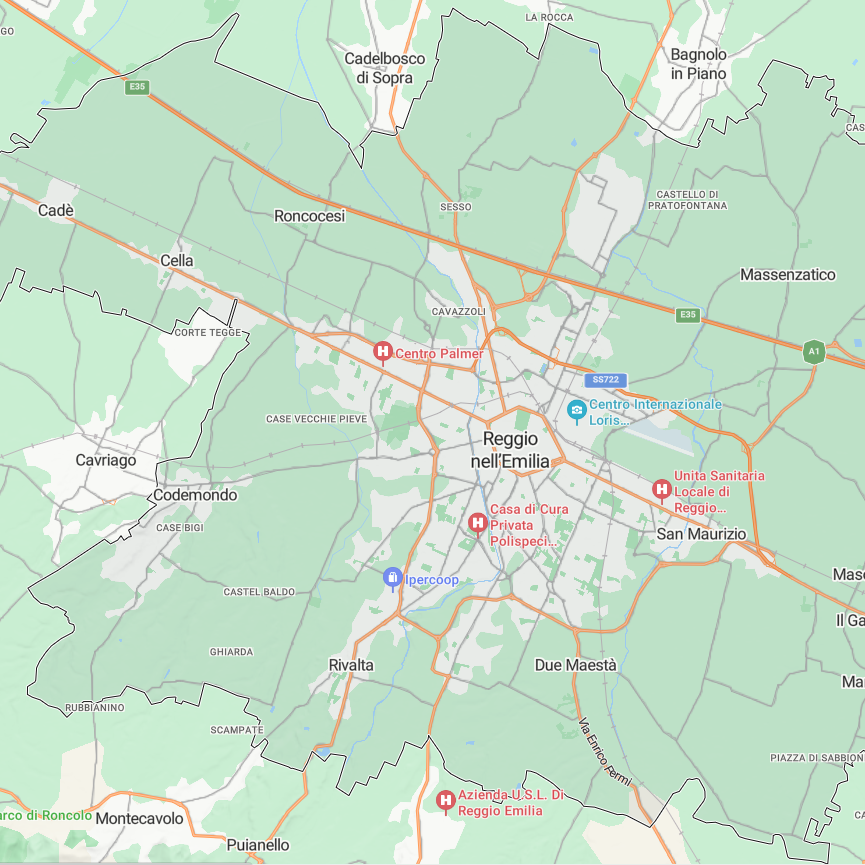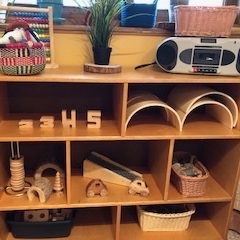Early Childhood Education can have a lot of buzzwords and misunderstandings. This “Philosophy Spotlight” series intends to introduce you to the origins of a number of currently used philosophies directly from the writings of their founders and accomplished practitioners, as well as modern practices and ideas associated with these philosophies. Note that many of the philosophies and philosophers we reference in the US are Euro-centric in origin. I will do my best to integrate philosophies of development and learning from a more diverse body of knowledge, for the benefit of all children and providers. You’ll notice a significant amount of overlap between philosophies, as well as some stark differences. Use these articles to consider your own approach to early education, and maybe refine how you see you work and design your program. These are intended to be broad overviews; please see the references if you’d like to learn more about each one!
Origins: After Italy had been destroyed as a fascist power during World War II, there was a movement to rebuild the country in a way that would support its citizens in pursuit of freedom from oppression. The first Reggio Emilia school was built by families seeking to create a new school for their children as they rebuilt their community. They quickly grew into a network of preschools and infant toddler centers through the 1960s and 70s. In 1991, Newsweek called the Diana school, one of Reggio Emilia’s preschools, one of the best schools in the world.
Modern Regulating Bodies/Standards: The term “Reggio Emilia Approach” is trademarked, leading to many programs describing their philosophy as “Reggio Inspired”, although there is no regulating body outside of Italy that controls the use of the term. A school cannot be certified as a Reggio Emilia school, nor can a teacher be a certified Reggio Emilia teacher. There are organizations in the International Network that further the spread of information about the Reggio Emilia approach, but do not serve as regulators.
Theories and Theorists:
Loris Malaguzzi is considered the founder of the Reggio Emilia approach. He was a psychologist trained in pedagogy and had previously co-founded a school for children with disabilities and learning difficulties. While working there, he was approached to collaborate with the new network of preschools and infant-toddler centers.
Values:
Children are active protagonists in their growing processes: Every child can and has the right to create their own experiences as an individual and member of a larger group.
Progettazione/Designing: Education is shaped by the design of environments, participation, and the design of learning situations. It does not happen to the same degree in predesigned programs or curricula that are premade.
The hundred languages: The Hundred Languages of Children are a metaphor for the potential of children and their thinking and creative processes. It is a central value to honor all of children’s forms of self-expression equally.
No way. The hundred is there: A Poem by Loris Malaguzzi (translated by Lella Gandini)
No way. The hundred is there.
The child
is made of one hundred.
The child has
a hundred languages
a hundred hands
a hundred thoughts
a hundred ways of thinking
of playing, of speaking.A hundred always a hundred
ways of listening
of marveling, of loving
a hundred joys
for singing and understanding
a hundred worlds
to discover
a hundred worlds
to invent
a hundred worlds
to dream.The child has
a hundred languages
(and a hundred hundred hundred more)
but they steal ninety-nine.
The school and the culture
separate the head from the body.
They tell the child:
to think without hands
to do without head
to listen and not to speak
to understand without joy
to love and to marvel
only at Easter and at Christmas.They tell the child:
to discover the world already there
and of the hundred
they steal ninety-nine.They tell the child:
that work and play
reality and fantasy
science and imagination
sky and earth
reason and dream
are things
that do not belong together.And thus they tell the child
that the hundred is not there.
The child says:
No way. The hundred is there.
Participation: Children are welcomed to participate in relationships, in the classroom and community. This is to give children the “feeling of solidarity, responsibility, and inclusion, and produce changes and new cultures” (Reggio Children).
Learning as a process of construction, subjective and in groups: Every child constructs their own knowledge, through conversation, research, and discussion.
Educational research: Adults interacting with children should see themselves as researchers and use their documentation as research into children, groups of children, and learning. Educators should be encouraged to continue constructing and reconstructing their knowledge and practices.
Educational documentation: Adults and children take videos, photos, and work samples to document the learning the children are engaging in. These documents are used to provoke discussion and through between educators, between children, and between educators and children together.
Organization: Time, space, and work are all organized to reflect the values of the school and projects.
Environment and spaces: Interior and exterior spaces are all designed and organized to interact with the people in the space, shape learning experiences, and inspire thought and creativity. Care of the environment is critical, and maintaining the aesthetics of the space is intended to create pleasure and joy in the people who use the space.
Formation/Professional growth: Professional growth is the right of individual educators and the whole group. In Reggio Emilia, professional development is part of educators’ working time, and occurs within staff meetings and the larger city, national, and international context.
Evaluation: The schools should be evaluated frequently by their coordinators, educators, community members, and families to ensure that they are meeting the needs of the children and families.
What You Might Observe in a Reggio Inspired Program:
Many Reggio Emilia inspired programs place a heavy emphasis on the arts, particularly visual representations and planning, along with guided exploration of visual arts materials. There will likely be documentation of children’s work hanging up for children and adults. Oftentimes, children in Reggio Inspired programs use more “loose parts” than traditional toys. As part of the Reggio value of designing, children are offered “provocations” which are curated sets of materials designed for children to explore and experiment with to provoke their thinking and extend their interests. Provocations can look like a tray with small balls and ramps; unwrapped crayons, leaves, and thin paper for printmaking; boxes, tape, and crayons to create with; or anything else that children might use to carry out experiments on their own interests.
Influence on Modern ECE Programs at Large:
Many programs use pedagogical documentation to show families what children have been participating in. Loose parts play is also becoming much more widespread in early childhood programs.
Questions for Your Reflection:
When you think of yourself as not just an educator, but a researcher of children, how does that influence your perspective on your work? What would you do differently as a researcher than as a teacher?
How does documentation differ from any other display of children’s work?
When you think about your environment, does it work with or against your program’s mission and vision? What would you like to change?
Fondazione Reggio Children. (n.d.). About Us. Fondazione Reggio Children. https://www.frchildren.org/en/about-us
Reggio Children (n.d.) Values Reggio Emilia Approach https://www.reggiochildren.it/en/reggio-emilia-approach/valori-en/


